10 of the world’s most threatened freshwater turtle species.
More than 40 percent of the world’s freshwater turtle species are threatened with extinction, according to a new assessment by Conservation International.
Turtles are threatened primarily by hunting, habitat destruction, and the pet trade, making them among the most endangered groups of animals.
“Their decline is an indicator that the freshwater ecosystems that millions of people rely on for irrigation, food and water are being damaged in a manner that could have dire consequences for people and turtles alike,” said Dr Peter Paul van Dijk, Director of Conservation International’s Tortoise and Freshwater Turtle Conservation Program, in a statement. “If we don’t act now to protect the habitats that support these creatures and take stronger action to tackle both the international and domestic markets in these animals for pets and food we stand a very real chance that we will lose them forever.”
“It’s time that the international community recognized that we need a holistic approach to managing our freshwater ecosystems,” added Dr. Tracy Farrell, the leader of Conservation International’s Freshwater team. “Failure to protect the source, flow and delivery of freshwater in an interconnected way, results in a loss of benefits to species and people.
“We have already lost half of our wetlands and dammed two thirds of our major rivers. Damming in one place can have dramatic consequences downstream, and if we don’t consider the whole of a system we threaten not only important populations of animals – like turtles – but also human populations that rely on these waterways for food, irrigation, drinking water and even transport.”
.jpg)
Red River Giant Softshell Turtle, (Rafetus swinhoei)
With only four individuals remaining alive in the world, this may be the most threatened of all turtles. Two long-term captive animals in China were brought together three years ago and have produced eggs, but these failed to develop. One lone animal confined in Hoan Kiem lake in downtown Hanoi is revered as symbol of Vietnam’s independence. And the last animal remaining in the wild – also in Vietnam – became the reluctant subject of a hostage drama when his home reservoir burst its dam in November 2008, was washed downriver, and was caught by a fisherman who only released it back to conservationists after protracted negotiations; the day ended well for all involved, particularly the turtle who was released back into its native wetland late that night. Image © Asian Turtle Program.
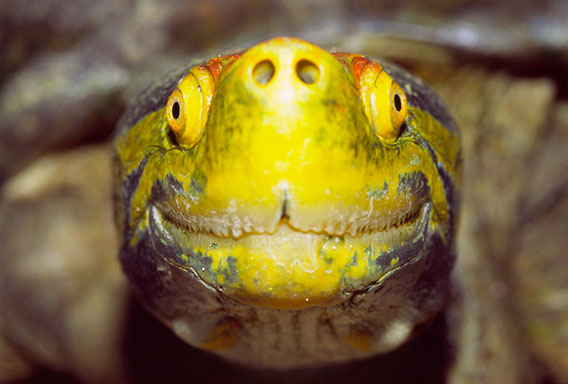
Red-crowned River Turtle (Batagur kachuga)
Historically widespread throughout the great rivers of northern India, Bangladesh and Nepal, intensive egg collection, capture of adults for consumption, dams, and river pollution impacted it so badly that there’s only a single viable population left, in the ‘unholy’ Chambal River of central India. Males remain much smaller than females and color spectacularly for courtship season. Image © CI/ Peter Paul van Dijk
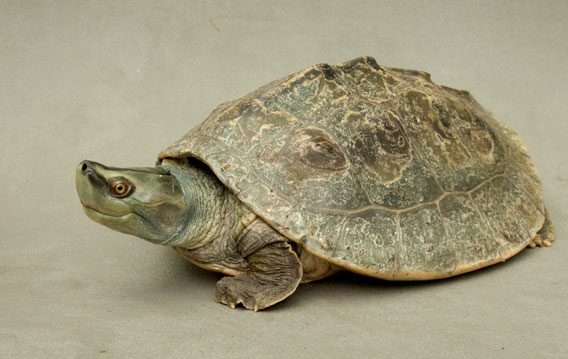
Myanmar River Turtle (Batagur trivittata)
‘Sibling species’ of the B. kachuga, feared extinct from 1935 until rediscovery in 1993, this species once occurred in large numbers in the Irrawaddy river system of Myanmar (Burma) until its populations shrunk to under a dozen mature animals in the upper Chindwin river as a result of egg collection, hunting and habitat degradation including dams and gold mining. The eggs of these last animals have been protected in recent years and the juveniles are being raised at Mandalay Zoo for re-introduction. Image © Brian D. Horne.
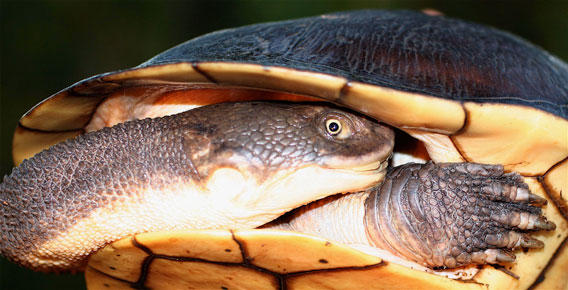
Roti Snake-necked Turtle (Chelodina mccordi)
Discovered on the small Indonesian island of Roti in 1994, it was immediately in great demand for the pet trade in America, Europe and Japan, and the species was collected into near-extinction by 2000. Captive breeding for re-introduction is slow and a long-term prospect at best. Image © Anders G.J. Rhodin, M.D.
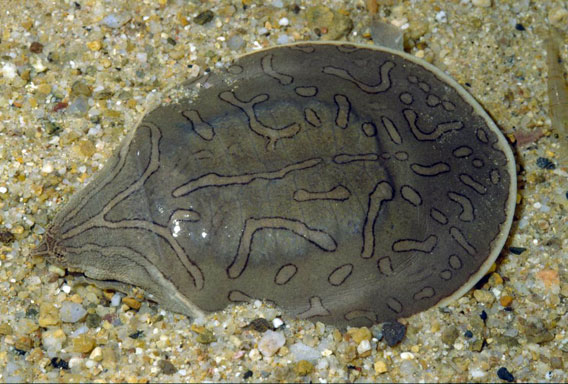
Southeast Asian Giant Softshell Turtle (Chitra chitra)
One of the largest turtles in the world (weighing up to a quarter ton), it is restricted now to scattered individuals in two rather small rivers in western Thailand and Java (Indonesia), where they continue to be under severe threat from hunting for consumption, egg collection, and pollution and damming of these rivers. Image © CI/ Peter Paul van Dijk.
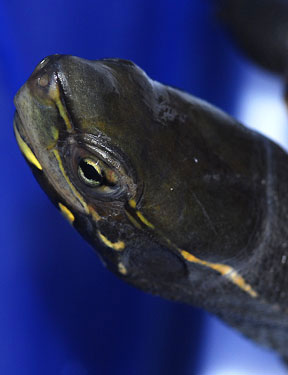
Yunnan Box Turtle (Cuora yunnanensis)
Considered extinct until a few individuals were found in 2005 at a location still kept secret in China’s Yunnan province, these animals are the nucleus of a hoped-for conservation breeding program for the species. Black market prices in the pet trade may exceed $10,000. Image © Henk Zwartepoorte.
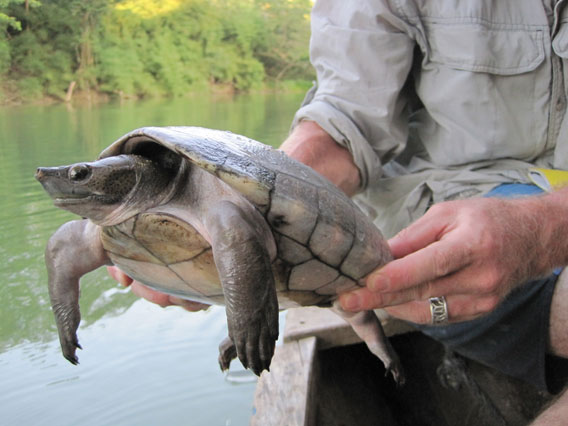
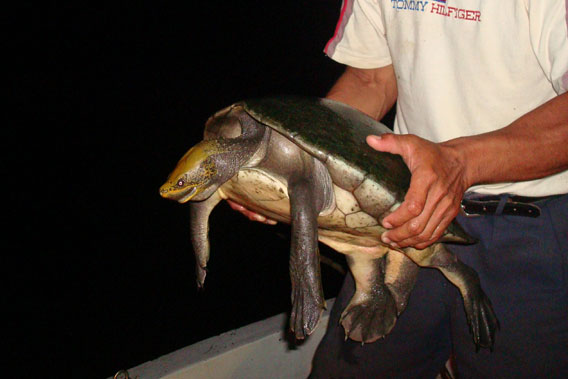
Central American River Turtle (Dermatemys mawii)
A big, vegetarian turtle, primarily found in Mexico, Guatemala and Belize, the last species of a group that traces its ancestry back to the time of the dinosaurs, with no obvious changes in appearance. Its meat is highly prized in Central America for Lent, Easter and other religious celebrations, making it so valuable that collectors charter planes to fly into remote wetlands, collect these turtles, and fly them out. Images © Thomas Rainwater.
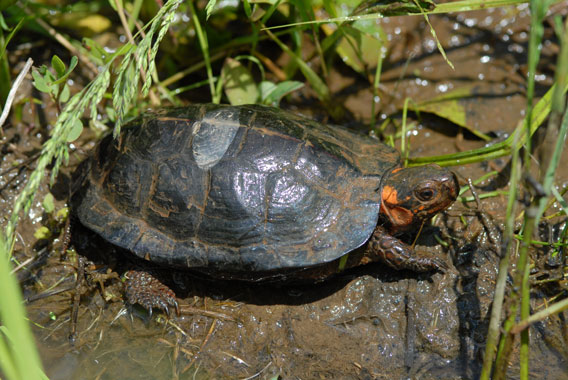
Bog Turtle (Glyptemys muhlenbergii)
A tiny (4 inch shell length) turtle of the foothills of the Eastern USA, it is a habitat specialist living in spring meadows and other small marshes, where it digs tunnels like a mole to hunt for worms, slugs and grubs. About 98% of its habitat has been converted to agricultural lands, with just scattered small populations remaining from New York to Tennessee. Image © CI/ Peter Paul van Dijk.
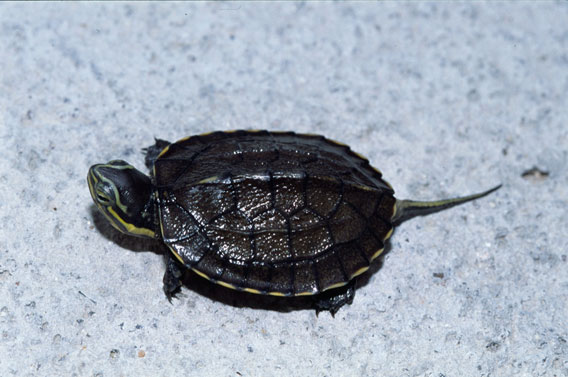
Annam Pond Turtle (Mauremys annamensis)
A species restricted to marshy wetlands of central Vietnam, it was intensively collected to supply the Chinese food trade in the 1990s and only a handful of animals remain in the wild. There are good populations in captivity, which breed well, and repatriation to Vietnam as a first step towards re-introduction of the species has already occurred. Image © CI/ Peter Paul van Dijk.
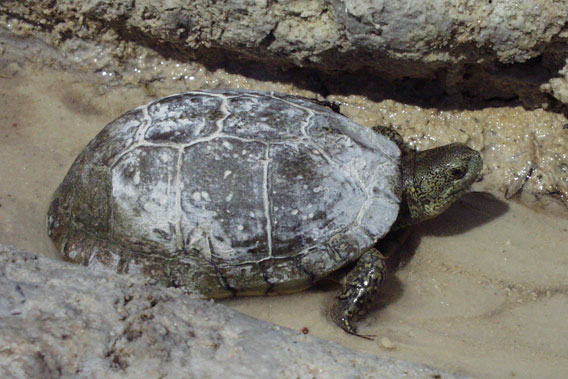
Coahuila Box Turtle (Terrapene coahuila)
All other box turtles (so named because the two halves of the lower shell can raise up and close off the shell like a box) are mostly land-living, but this species from the semi-desert of northern Mexico has gone back to living permanently in freshwater – in its case the springs and marshes of Cuatro Cienegas, a desert oasis complex under significant threat from desiccation through groundwater pumping for agriculture and residential use, as well as agricultural land conversion within the Cuatro Cienegas basin. Image © Jennifer Howeth.